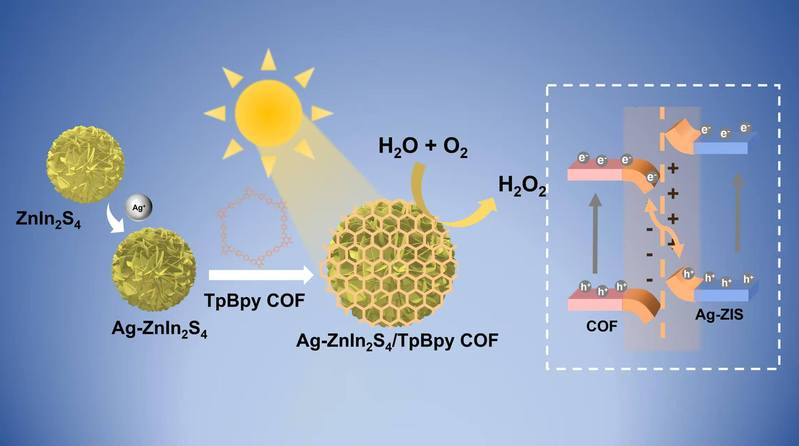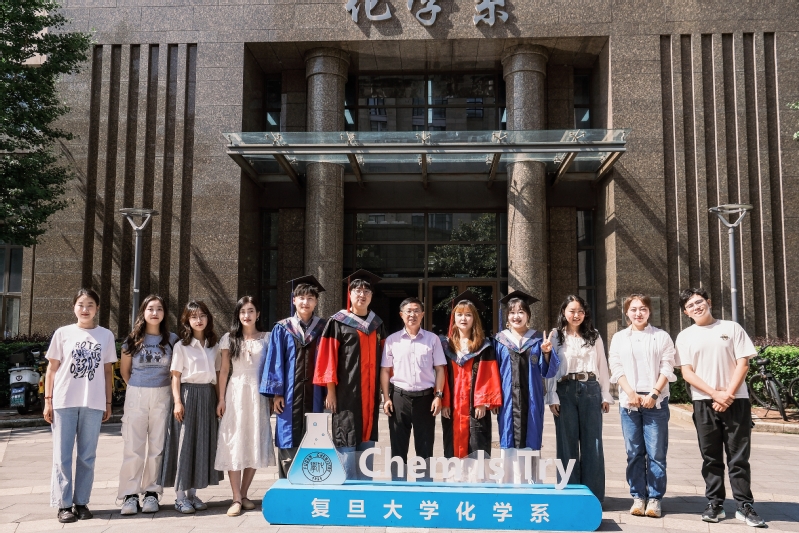Facile construction of phosphate incorporated graphitic carbon nitride with mesoporous structure and superior performance for H2 production
Novel mesoporous phosphate incorporated g-C3N4 (CNM-Px) polymeric material was synthesized via a facile hydrothermal-calcination method, using melamine as precursor and phosphoric acid as dopant. The successful incorporation of phosphate into the framework of g-C3N4 nanosheets was verified by XRD, FT-IR and XPS characterizations and the possible formation mechanism was put forward. The as-fabricated CNM-Px samples were applied to photocatalytic hydrogen evolution reaction and exhibited remarkably improved photocatalytic performance both under simulated sunlight and visible light irradiation. The concentration of phosphoric acid was also well tuned and the optimal concentration was 2.5 mol L−1. The hydrogen evolution rate of the optimized sample CNM-P2.5 (the concentration of treating phosphoric acid was 2.5 mol L−1) reached 8163 μmol g−1 h−1 under simulated sunlight irradiation, which is 3.7 times higher than that of pristine g-C3N4 (CNM). It also showed dramatically improved hydrogen evolution rate under visible light irradiation, which was 2105 μmol g−1 h−1, about 6.7 times higher than that of CNM. The excellent photocatalytic activity of CNM-Px samples is due to the synergic advantages of larger surface area and reduced recombination of photo-generated electrons and holes. This study paves the way for tailoring design and synthesis of highly active metal-free carbon nitride materials for photocatalytic hydrogen evolution.
https://www.sciencedirect.com/science/article/pii/S036031991830329X?via%3Dihub
 Wei-Lin Dai Group
Wei-Lin Dai Group



